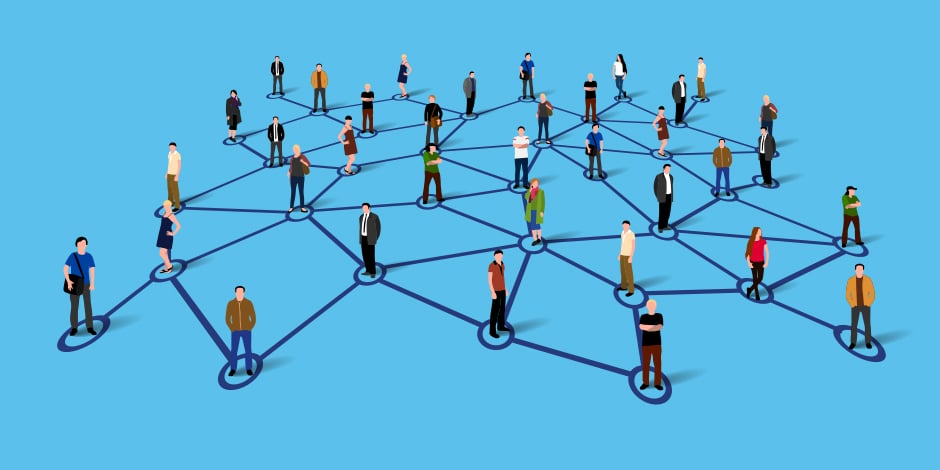Depending on your industry, convergence can mean many things. For retailers, convergence relates to tying together the web, big data, analytics, mobile, social and all things digital. The ultimate goal for this level of convergence is to place and secure the consumer at the center of the retailer’s universe.
However, there is a downside to the proliferation of information that consumers have at their fingertips through convergence: Pricing. Further to the NRF Stores article, “All this power and knowledge has negatively impacted pricing, making it essential for retailers to pull out all the stops when shoppers engage with their brand.”
With the exponential growth of e-commerce, Amazon, eBay, and the like, many retailers find themselves in a “race to the bottom” when it comes to pricing. Aided by new cloud-based technologies that troll the web for comparable prices on similar products, retailers now compete in real-time to offer the lowest price. The result is lower prices and lower margins, which is counter-productive for a retailer or brand that wants to be perceived as adding real value to the consumer experience.
Wisdom of Crowds in the Cloud
There is a different type of convergence - crowdsourcing - that, when implemented correctly, can redefine the consumer’s role in the retailer’s mind. Crowdsourcing is the convergence of the collective wisdom of a group of people to achieve a better decision than would be made by a single individual acting alone. The ultimate result in retail is a reversal of the race to the bottom and a new race to greater profitability.
The consumer is already in the cloud. They are accessible, willing to engage and have the desire to be part of the process, not an afterthought. Crowdsourcing in the retail industry is nothing new. Social shopping sites such as Threadless.com and ShopMyLabel.com let users create and stock their own boutiques and act as both the buyer and the stylist.
But when it comes to the titans in retail, crowdsourcing takes on a whole new meaning.
The Right Way to Crowdsource
Crowdsourcing can apply to a wide range of activities including fundraising, voting, complex problem solving and even finding a missing person. Regardless of the use, crowdsourcing is about getting your particular project in front of the right people at the right time.
In James Surowiecki’s book, “The Wisdom Of Crowds,” the author spells out four conditions that characterize wise crowds:
- Diversity of opinion - Listening to consumers who don’t buy your product is just as important as listening to those that do.
- Independence - A wise crowd contains people that have opinions unfettered by the opinions around them.
- Decentralization – People are able to specialize and draw on local knowledge
- Aggregation – Having a mechanism for turning private judgments into a collective decision
There are three elements that are critical to a successful crowdsourcing project in the retail industry: timing, scalability and listening.
Timing
Asking consumers what they think about a product after it is on the floor is too little, too late. If the crowd likes a product, that’s great. But had you known up front that it would resonate with consumers, you could have increased the buy to meet the demand. Conversely, negative sentiment could lead to overstock and the need for significant discounts, eroding margins. The time to ask the crowd about a new product is before it actually becomes a new product. And you need the answers fast – in days, not weeks or months.
Scalability
Scalability in crowdsourcing is two-fold. First, you must be able to tap a wide range of opinions across multiple demographics. (See condition #1 above) According to Surowiecki, “Today’s complex problem-solving requires multiple perspectives. The days of Leonardo da Vinci are over.” Secondly, it’s one thing to crowdsource five new t-shirt designs to see which ones consumers like for a small boutique. It’s an entirely different story when you have hundreds of designs and only room for a few dozen on the floor across a national or global set of stores.
Listening
When you conduct market research – such as a focus group, survey or conjoint analysis, all responses are weighted equally. If I happen to be sent a survey on wedding gowns, I can assure you that I know little to nothing about the attributes and pricing of said gowns, yet my response would be weighted the same as someone who does understand the category. Listening means paying attention to the right people – the people that are predictive of what will actually happen when the new products are rolled out.
In the end, perhaps the biggest reward for a consumer is to feel as if they are part of the process, not an afterthought. The cloud gives retailers the access they need to reach the consumer. The crowd is willing and able to provide the feedback you need on new products. And, the right technology, in the cloud, gives retailers the ability to listen closely to the right consumer. The result: The right product at the right price at the right time.













